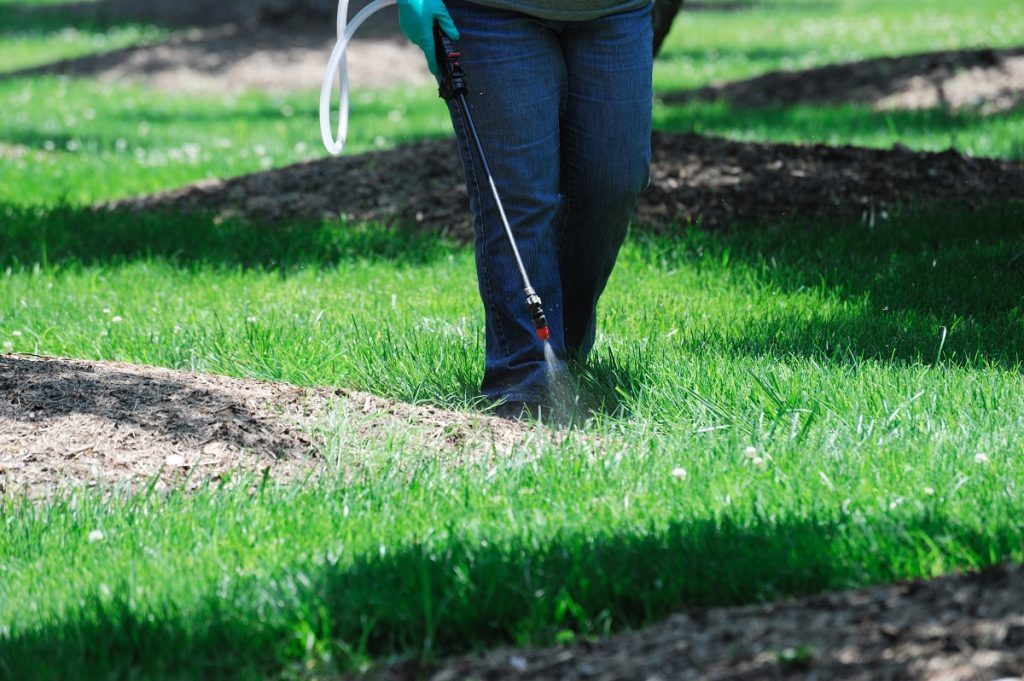There are different uses of sprayers in agriculture. The primary ones are the application of pesticides and other chemicals to boost your crop yield and for irrigation. Low-volume and hydraulic sprayers are the primary options you have for farming. Whatever you pick depends on the crops you have in your farm and the growing methods you use.
Hydraulic sprayers use a pump with pressure at 40-1,000 psi to spray the material to the crop foliage. Nozzles break the spray into small droplets. Low-volume sprayers, on the other hand, use a small pump for the injection of the liquid in its tank under air streams with speeds of as high as 200 mph. The mist size of most low-volume sprayers available in spray equipment stores like Rapid Spray is 50-100 microns with a fog size of 0.05-50 microns.
Here are your options for low-volume sprayers.
Electrostatic Sprayer
This sprayer uses a negative electric charge to activate compressed air as it passes the nozzle to generate spray droplets. The droplets formed have a uniform size and disperse over your application area well since they repel each other. There are different electrostatic sprayer options including backpack and cart-mounted sprayers. Both are suitable for applications of not more than 15ft.
Thermal Fogger
This option requires the use of a carrier to mix your spray liquid and enhance the formation of a uniform distribution of the material and droplet size. The spray liquid is injected in a fast-moving, hot air stream, which will vaporise the liquid into a fog. The droplets generated by a thermal fogger are affected by the area’s humidity and temperature. Hearing protection is recommended since the sprayer’s jet engine is quite noisy.
Mechanical or Cold Fogger
This uses atomising nozzles and a high-pressure pump of about 1000-300 psi to generate fog-size droplets. The spray material is distributed through an external fan unit or hand-held gun. Hand safety is vital when using a mechanical fogger owing to the high pressure of the particles, which can penetrate the skin.
Rotary Duster
 This type of sprayer allows for efficient dispersal through its discharge vent. Its agitator stirs the powder before releasing it evenly through the vent. Then, the machine’s blower sucks the powder through the pipes.
This type of sprayer allows for efficient dispersal through its discharge vent. Its agitator stirs the powder before releasing it evenly through the vent. Then, the machine’s blower sucks the powder through the pipes.
Mist Blower
This uses a more complex spraying technique compared to other types of sprayers. An air stream is created with a velocity of 100-200 mph. Then, a nozzle injects the spray into the air stream before the air carries the spray away to the crop foliage.
Nursery Sprayer
This type of spraying equipment is usually recommended for a private garden, but you can use in other agricultural settings, as well. These small and simple sprayers release a fine mist spray. They are very easy to use, and you can choose between a compressor-type and a plunger-type nursery sprayer.
The spraying technique you use with the above sprayers is essential to get optimal coverage. A hand-held gun, for instance, will require a sweeping motion for good droplet coverage. To guarantee that you use the right technique, seek recommendations from your supplier.

